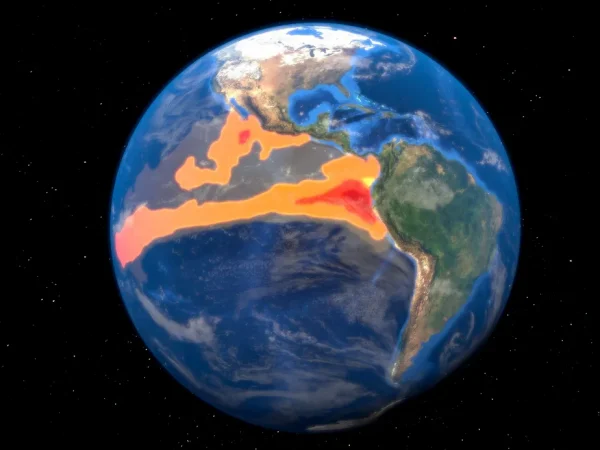The El Niño meteorological phenomenon will continue in Europe until at least spring 2024. Recall that last July, this phenomenon was officially confirmed by the World Meteorological Organization (WMO), but this Tuesday the National Oceanic and Atmospheric Administration (NOAA) announced and stated that there is a 95% probability that this will continue, with a moderate to strong version, Until February – and it is likely, according to the Euronews website, that the greatest effects of this phenomenon will not appear until 2024.
So, what do you expect?
El Niño usually lasts between nine and 12 months, but can last for years, reaching its peak between November and January. Experts expect it to become stronger in the coming months and end in the spring of next year.
However, it is difficult to predict how El Niño will affect Europe’s climate throughout the year. “El Niño years tend to have the beginning of a wetter winter (November-December) and the end of a colder and drier winter (January-March) in most of northern Europe,” recalls Adam Scaife, responsible for long-range forecasting at the UK Met Office. .
In southern Europe, there may be generally wetter conditions, although it is important to note that this represents an average of many El Niño events and is not strong enough to determine the outcome with certainty. “Instead, El Niño only shifts the probability in favor of these outcomes.”
El Niño is just one of many influences on weather patterns in Europe. “Tropical precipitation creates waves on a planetary scale that affect Europe in winter. This phenomenon may originate in the tropical Atlantic, as well as El Niño in the Pacific. But there are other meteorological influences that can disrupt typical El Niño patterns.” The stratosphere – the second layer of the atmosphere – can also play an important role. Every two years, for example, there is a break in the winds in this layer of the atmosphere. This is often followed by a cold wave, regardless of whether the “El Niño” phenomenon is active or not.
What could happen in 2024?
The effects of the onset of El Niño tend to be delayed by a few months. “There are interesting delayed effects, for example in China, where heavy monsoon rains are expected in the summer, and floods are expected after a major El Niño event,” Scaife explained. There is also a greater possibility of “warmer than normal” temperatures next year.
The last time there was a strong El Niño was 2016, which was the hottest year on record. Combined with the increase in temperatures caused by global warming, meteorologists believe that if all conditions come together, 2024 could become the hottest year on record, even exceeding the global warming threshold of 1.5 degrees Celsius.

“Hardcore alcohol maven. Hipster-friendly analyst. Introvert. Devoted social media advocate.”


